Island groundwater management in the Philippines: part one — Boracay
BGS’s Andy Barkwith and Andy McKenzie travelled to the Philippines to undertake collaborative research and outreach with Filipino partners for a national hydrological modelling project. In this first blog, they discuss the first week of work on small islands.
19/04/2023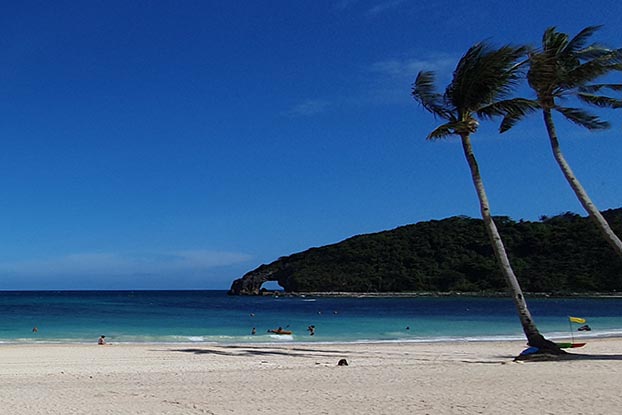
The hydrological modelling project is a partnership between BGS and governmental and academic institutions in the Philippines. It aims to improve the understanding of national water resources and identify the impact of future climate change and development on these resources.
After flying through multiple time zones and with far less than the recommended eight hours of sleep, we arrived bleary-eyed at Manila airport in the Philippines to meet our hosts from Ateneo de Manila University (ADMU). Our destination for the next few days was Boracay, billed as one of the most popular tourist hotspots in the Philippines. Thoughts of beaches, hammocks and mango ice cream filled our minds as we landed at Caticlan airport and were met by a live band at arrivals.
New Nabaoy river gauging station
We grabbed our suitcases and headed to our first stop, the Nabaoy river catchment Panay, to view a new river gauging station installed by ADMU and partners at the National Water Resources Board (NWRB). River gauging stations look at the flow and depth of the river, as well as some pollutants. There was a lot to discuss around groundwater residence times (the time water stays in the ground) and further development of sensors. With a light drizzle reminiscent of the UK we headed back into the bus to catch a boat to Boracay and, with the light fading, we made it to the hotel. The beaches would have to wait for tomorrow.
Rising early, the skies were blue and the breeze was warm and gentle. We met the ADMU and NWRB teams at breakfast to discuss the day’s work. Two hours later, we were back at the Nabaoy river, talking to the local mayor and various government departments about hydrogeology, modelling and climate before taking part in a ribbon-cutting ceremony. The river gauging station was officially open!
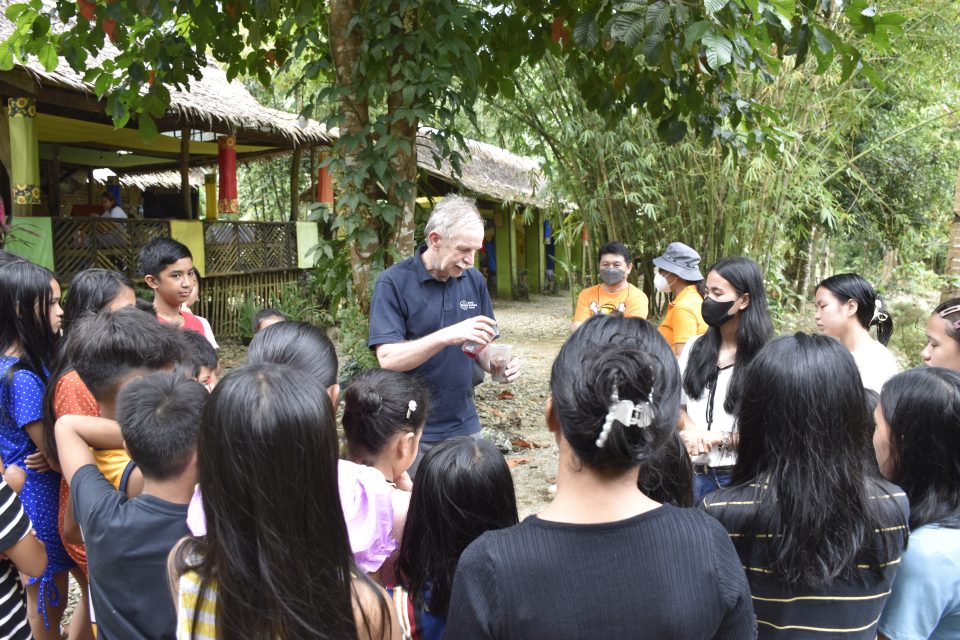
Andy McKenzie undertaking groundwater experiments with the local children in Boracay. BGS © UKRI.
We spent the remainder of the afternoon with the mayor and ran a series of groundwater experiments with local children, teaching them about water resources, pollution and hydrogeology. Once again, those world-famous beaches would have to wait…
Learning about Boracay
Wednesday began in a similar way to Tuesday, with a large breakfast and a discussion about the plan for the day. We boarded a bus and headed south, passing through the corridor of shops, cafes, homes and hotels that line Boracay’s western coastline. Again, we were greeted by local and regional government officials for a second ribbon-cutting ceremony at a new groundwater observation well. This time, Andy M was asked to wield the scissors.
An hour later, we were back at the hotel for a conference about the sustainability of water resources on the island. We learnt about the hydrology and ecology of Boracay and the Nabaoy watersheds, including some endemic, foot-long stick insects, and Andy B presented forecasts on the future of regional climate and hydrology up to the end of the century. This generated discussion around potential impacts on water resources and disaster recovery.
The next day we said our farewells to our project partners and headed to the beach for mango ice cream and to reflect on the last few days. The white sands and turquoise waters were the perfect way to unwind before ten days of delivering workshops, school sessions and training in Manila!
Vulnerability of small islands
The Intergovernmental Panel on Climate Change (IPCC) has identified small islands as high-risk settings facing adverse climate change impacts. They have limited, vulnerable resources and few freshwater sources. Small islands also have a high dependency on tourism in terms of exports and contribution to gross domestic product (GDP), however, tourism needs to be well managed to avoid deterioration of local water supplies.
Small islands present three key characteristics that make them particularly vulnerable to social, economic and environmental impacts:
- small size, which adds pressure on water resources and limits economic diversity
- isolation, which brings trading challenges, unique biodiversity and cultural richness
- maritime environment, leading to vulnerability to climate change
Understanding how climate change and differing tourism approaches impact hydrology provides a pathway to improved water security. Understanding and assessing impacts will require a unique approach integrating geosciences, social science and economics.
Funding
This fieldwork was undertaken as part of the International Geoscience Research and Development (IGRD) project ‘Geoscience to tackle global environmental challenges’. This is a £12 million project lasting until 2026, looking at challenges facing communities around the globe, including clean water availability, earth hazards and climate change impacts.
About the authors
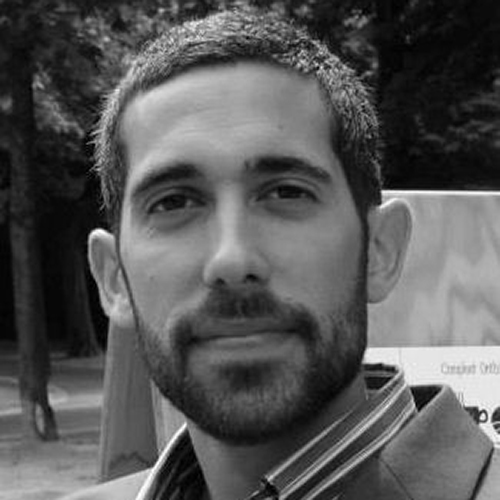
Dr Andrew Barkwith
Associate Director of Operations
Relative topics
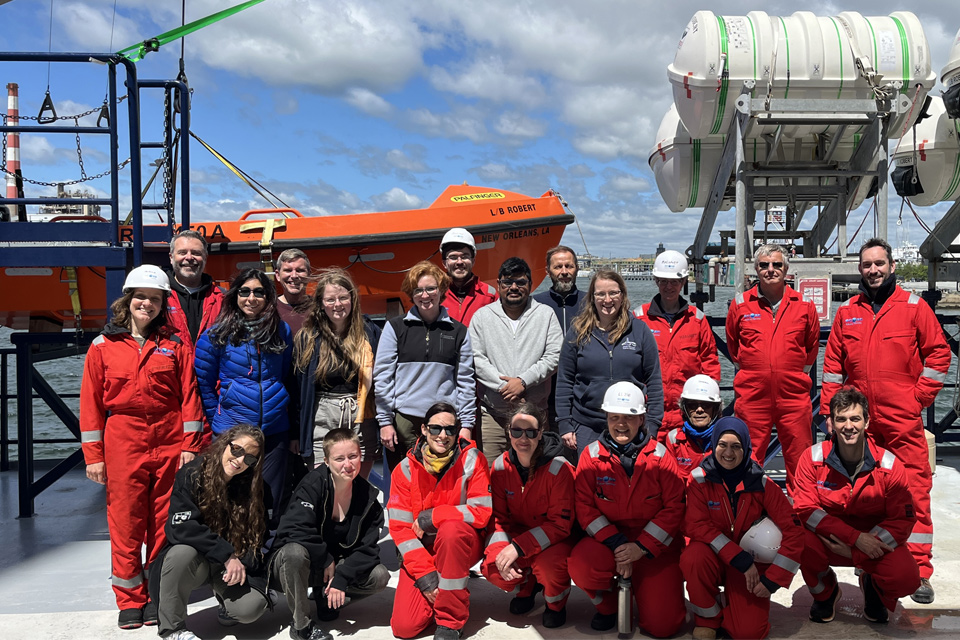
BGS scientists join international expedition off the coast of New England
20/05/2025
Latest IODP research project investigates freshened water under the ocean floor.
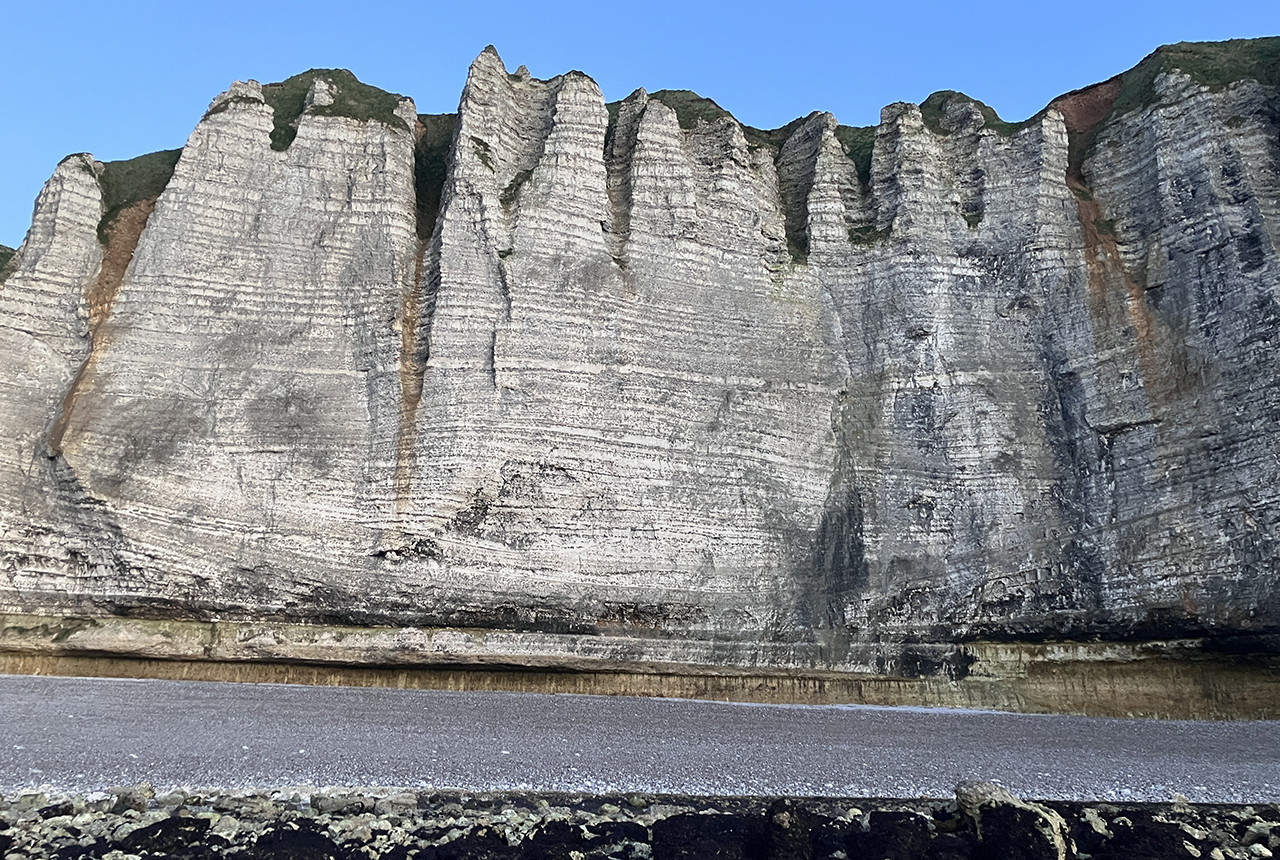
Geology sans frontières
24/04/2025
Geology doesn’t stop at international borders, so BGS is working with neighbouring geological surveys and research institutes to solve common problems with the geology they share.
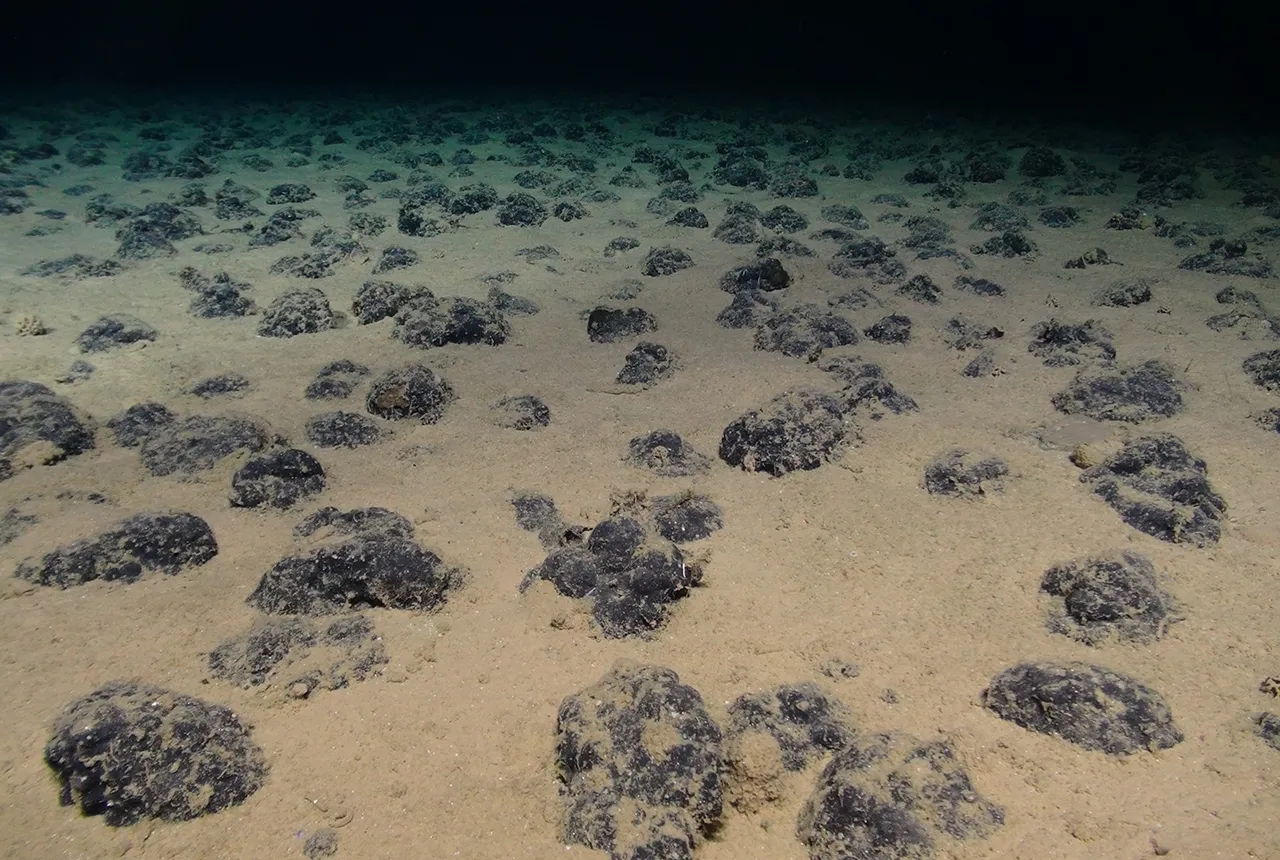
New study reveals long-term effects of deep-sea mining and first signs of biological recovery
27/03/2025
BGS geologists were involved in new study revealing the long-term effects of seabed mining tracks, 44 years after deep-sea trials in the Pacific Ocean.
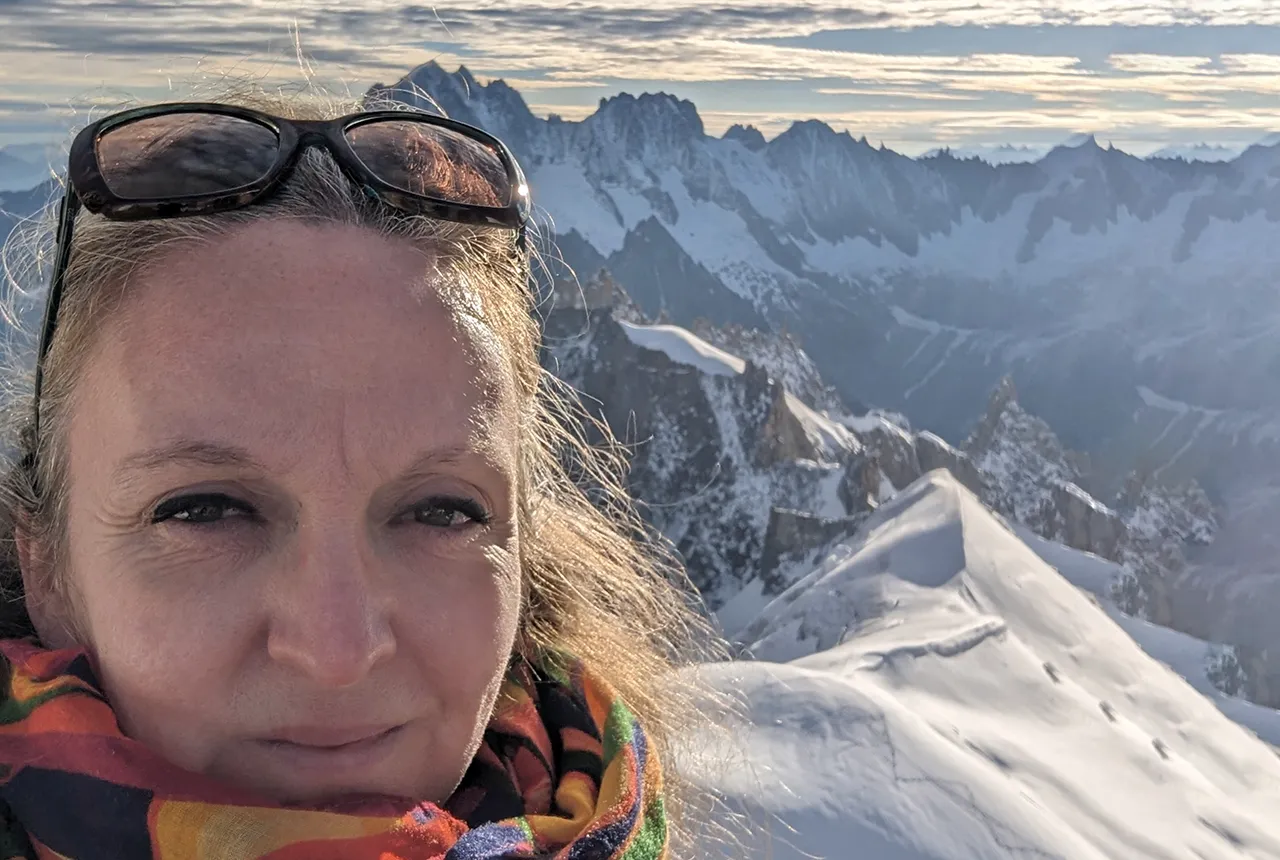
BGS announces new director of its international geoscience programme
17/03/2025
Experienced international development research leader joins the organisation.
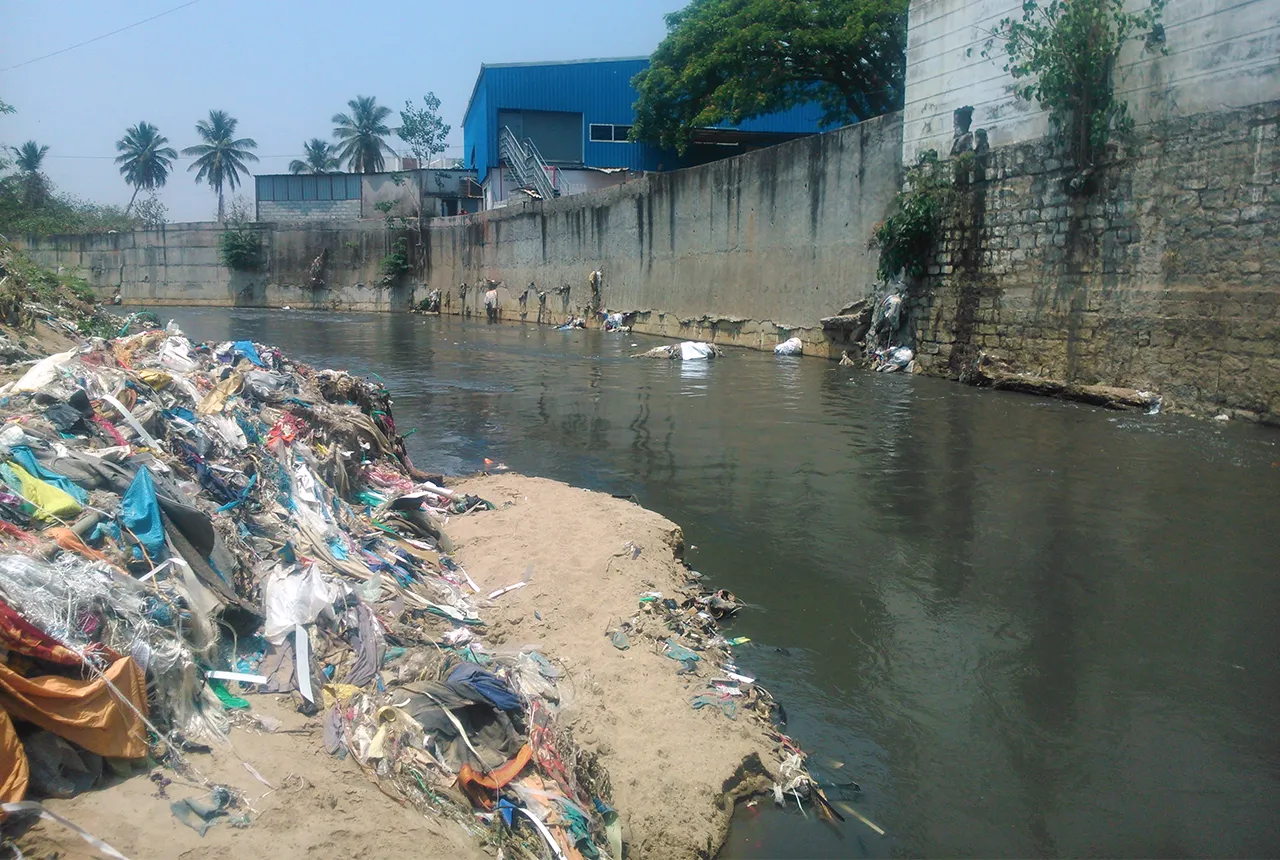
Presence of harmful chemicals found in water sources across southern Indian capital, study finds
10/03/2025
Research has revealed the urgent need for improved water quality in Bengaluru and other Indian cities.
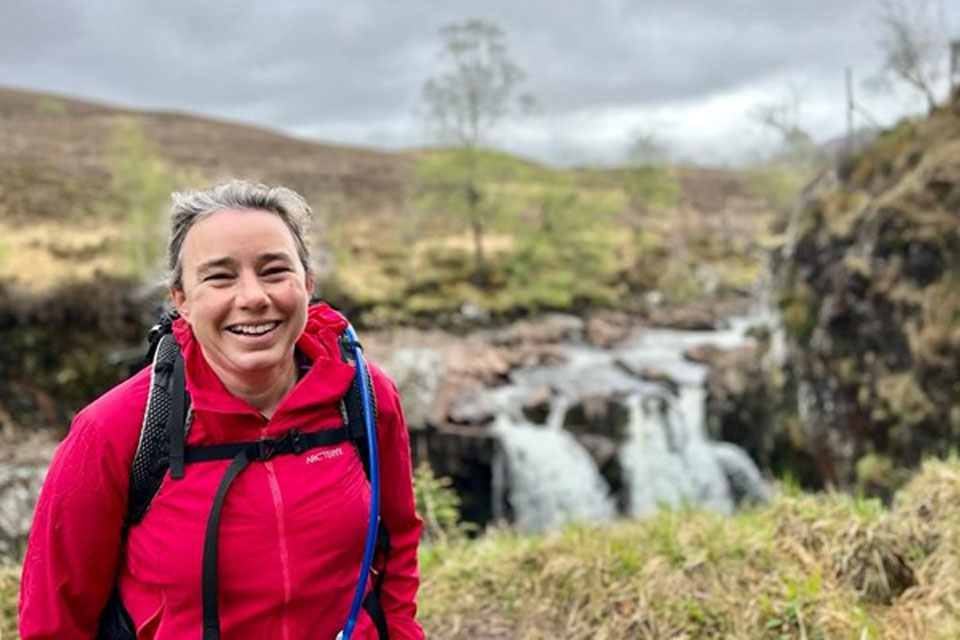
Dr Kathryn Goodenough honoured with prestigious award from The Geological Society
27/02/2025
Dr Kathryn Goodenough has been awarded the Coke Medal, which recognises those who have made a significant contribution to science.
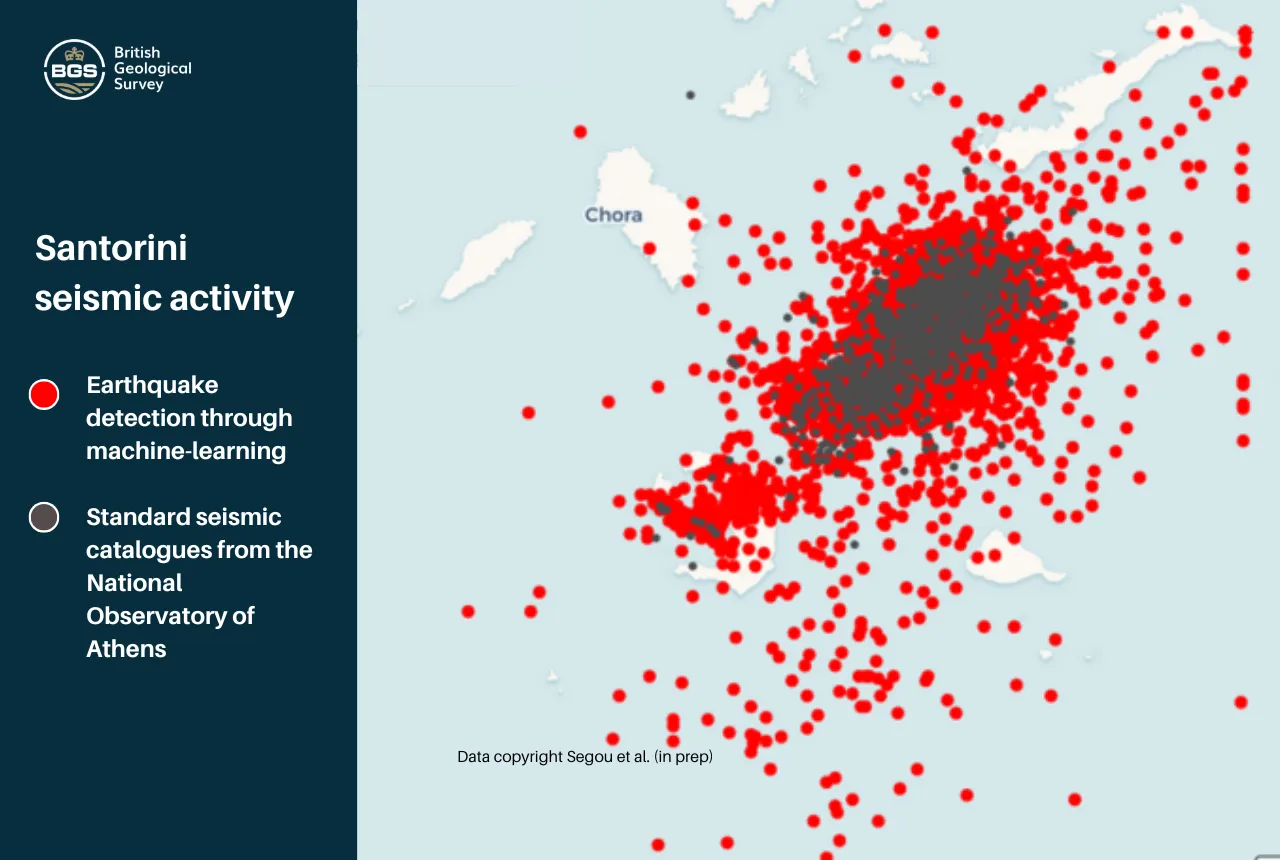
Artificial intelligence is proving a game changer in tracking the Santorini earthquake swarm
07/02/2025
Scientists are harnessing the power of machine learning to help residents and tourists by detecting thousands of seismic events.
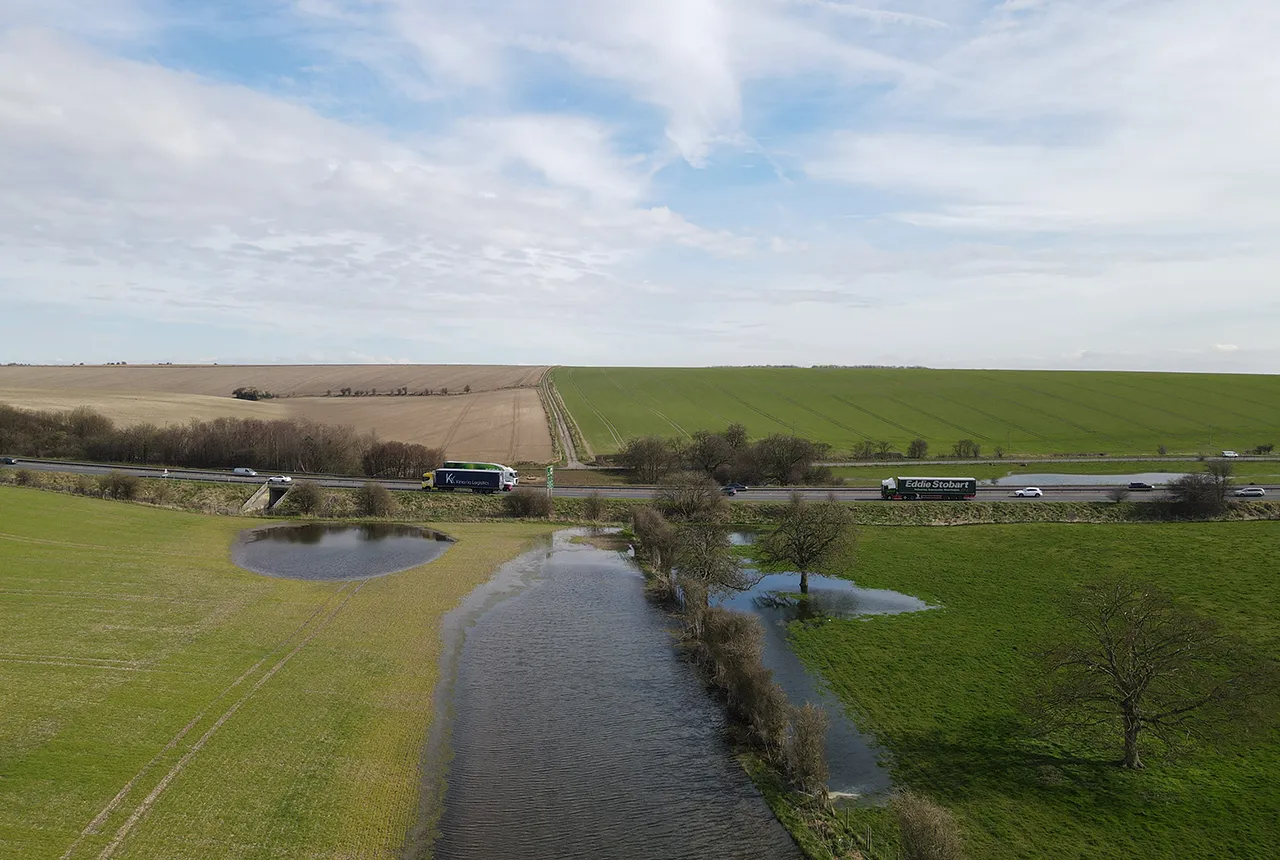
Pioneering tool expanding to analyse agricultural pollution and support water-quality interventions
06/02/2025
An online tool that shows which roads are most likely to cause river pollution is being expanded to incorporate methods to assess pollution from agricultural areas.
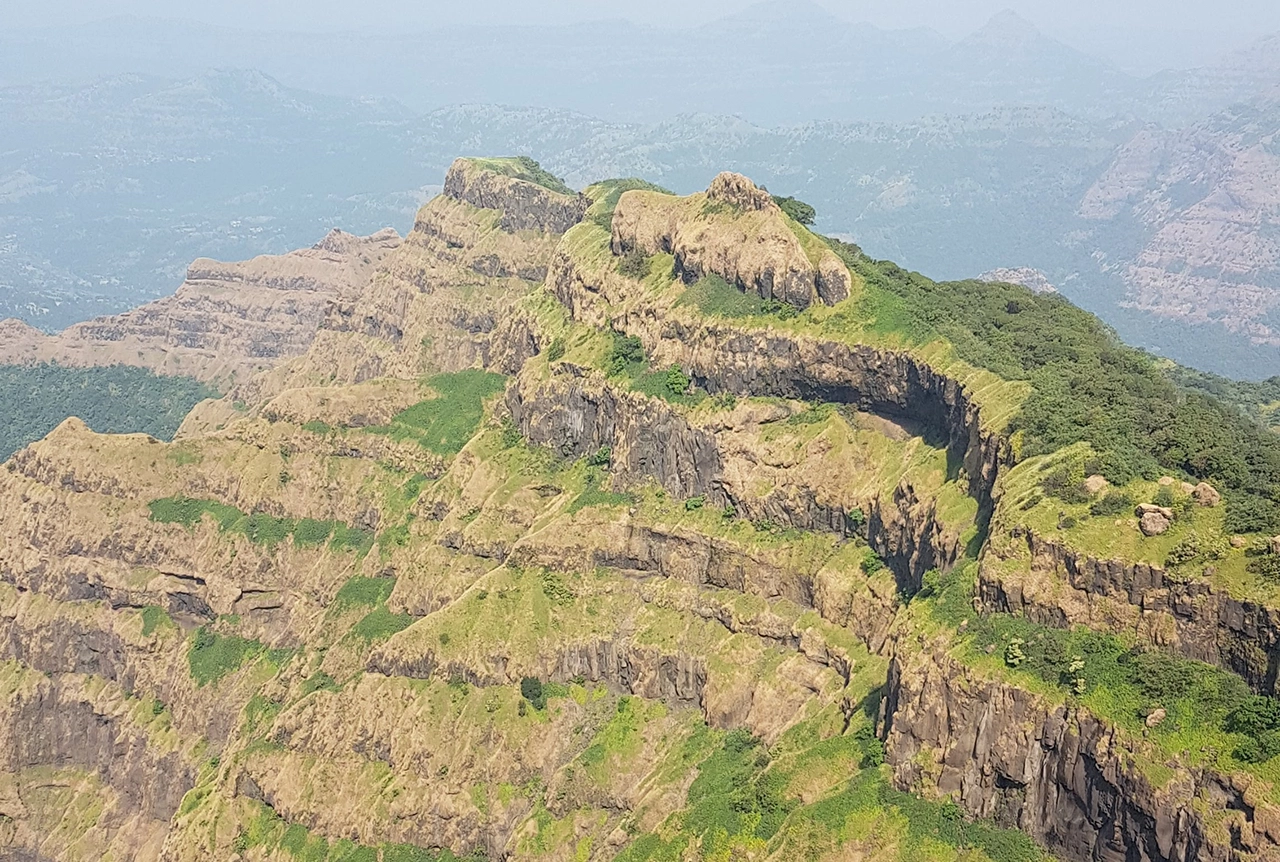
Could underground disposal of carbon dioxide help to reduce India’s emissions?
28/01/2025
BGS geologists have partnered with research institutes in India to explore the potential for carbon capture and storage, with an emphasis on storage.
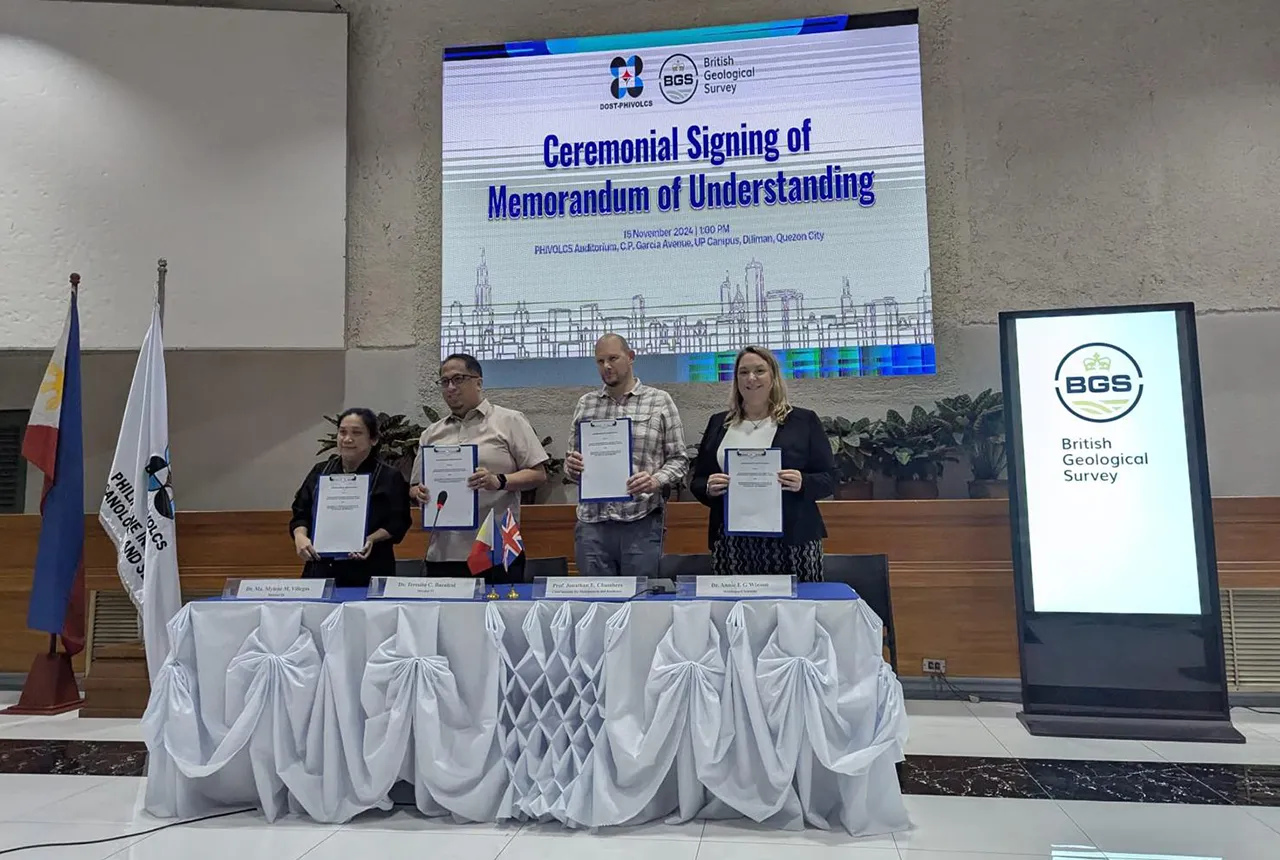
New Memorandum of Understanding paves the way for more collaborative research in the Philippines
21/01/2025
The partnership will focus on research on multi-hazard preparedness within the country.
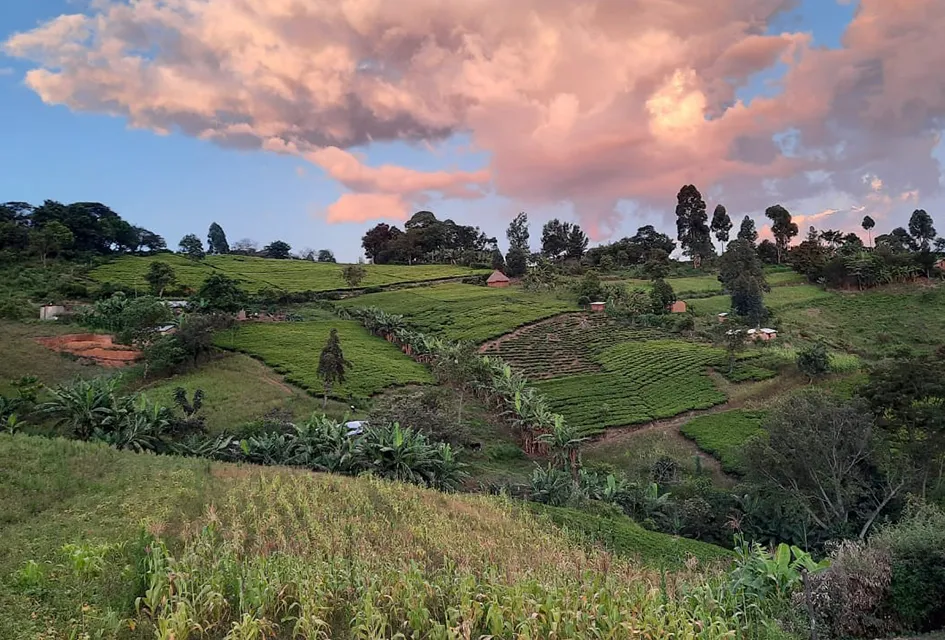
Dynamics of land-to-lake transfers in the Lake Victoria Basin
09/12/2024
In June 2024, a UK/Kenya research team shared research findings from a collaborative, four-year field and experimental programme within Kenya.

Brighid Ó Dochartaigh honoured with prestigious Geological Society award
27/11/2024
A recently retired BGS employee has been honoured for her contribution to the hydrogeological community.



